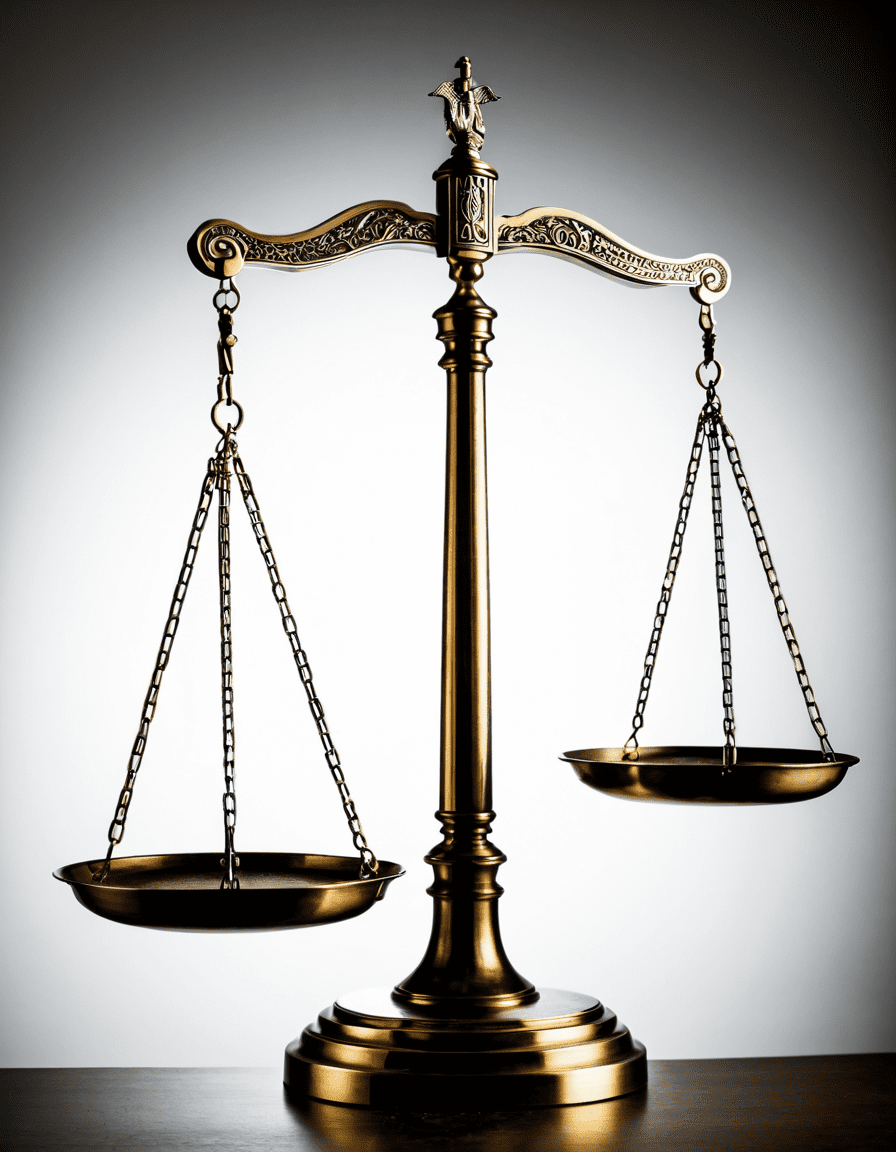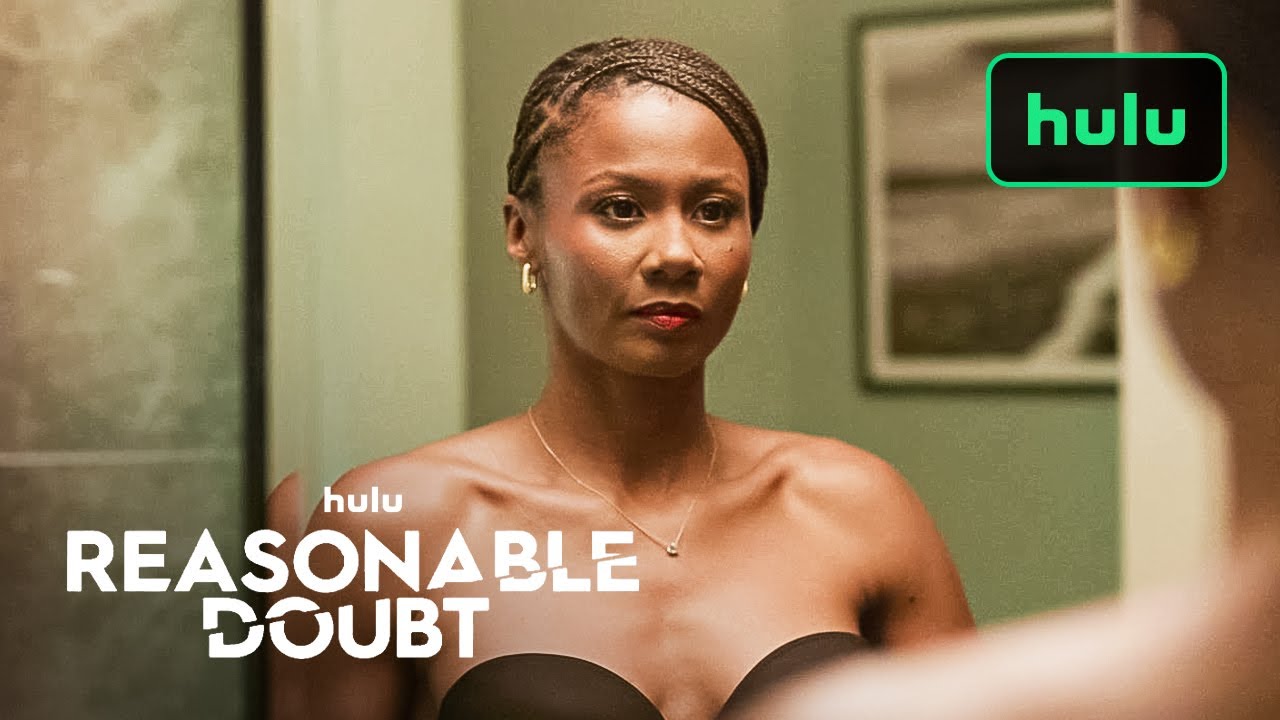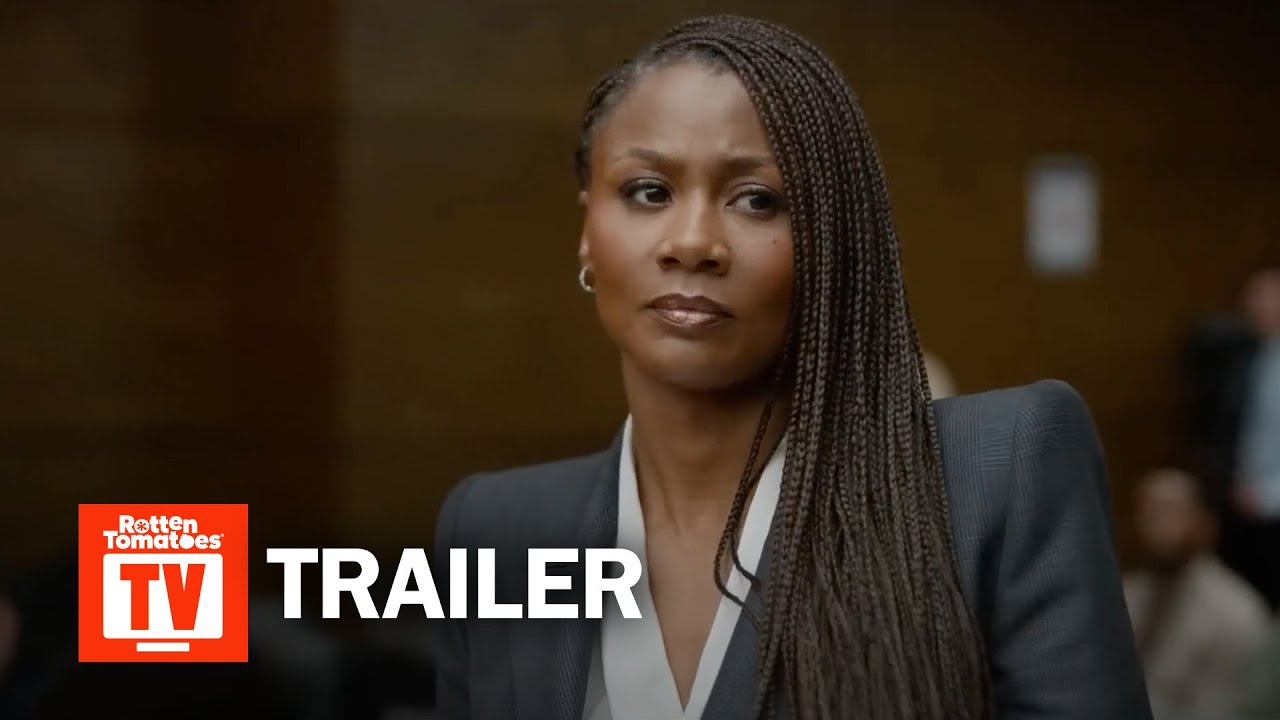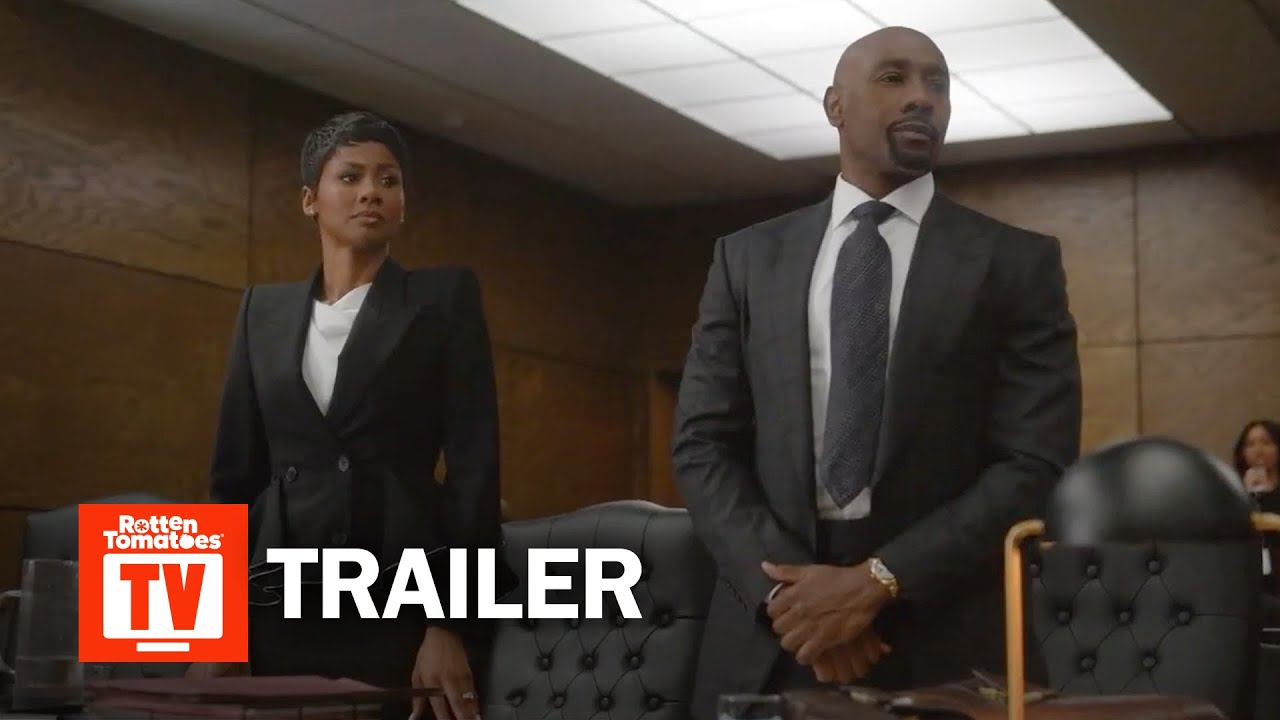In our films and daily lives, the idea of reasonable doubt looms large—like a shadow over a dark alley or a plot twist in a gripping thriller. It’s a vital concept in our judicial system and influences public perceptions of justice. The principle establishes that for a defendant to be convicted, the prosecution must prove their guilt beyond a reasonable doubt. In the cinematic universe, this frequently mirrors the struggles of characters fighting against the tide of suspicion, and boy, do we love those stories!
From courtroom dramas to crime sagas, the tension surrounding reasonable doubt generates thrilling narratives. Today, we’ll explore the significance of reasonable doubt, spotlight some landmark cases that altered outcomes forever, discuss the psychological impact on jurors, and end with a nod to what this principle can teach us about legal reform. So grab your popcorn—the show’s about to begin!
Understanding Reasonable Doubt: A Pillar of Justice in Court
Defined simply, reasonable doubt acts as a protective shield against wrongful accusations. It’s foundational to criminal trials, meaning if there’s any uncertainty, a juror should doubt the defendant’s guilt. Think of it like the suspense in a horror flick—did the creature really jump out, or was it just the wind? The audience (or jury) must believe wholeheartedly in one narrative! This principle ultimately ensures that an innocent person doesn’t get handed a hefty prison sentence just because the evidence was shaky.
The balance between fair trials and convictions is delicate. Therefore, a heavy reliance on reasonable doubt serves as a crucial check on the power of the state. Just like our favorite cult-classic flicks often emphasize the struggle between good and evil, the courtroom becomes a battlefield where the stakes are liberty and justice. The principle of reasonable doubt not only saves lives but reshapes how we perceive justice in our society.
Reasonable doubt also takes us into the storylines of some of our all-time favorite films. Picture the tense courtroom scenes in A Few Good Men, where legal battles unfold with unyielding evidence yet significant doubts linger. These cinematic portrayals keep us on the edge of our seats, illustrating the complexities of justice that often blend fiction with the real-life stakes of our legal systems.
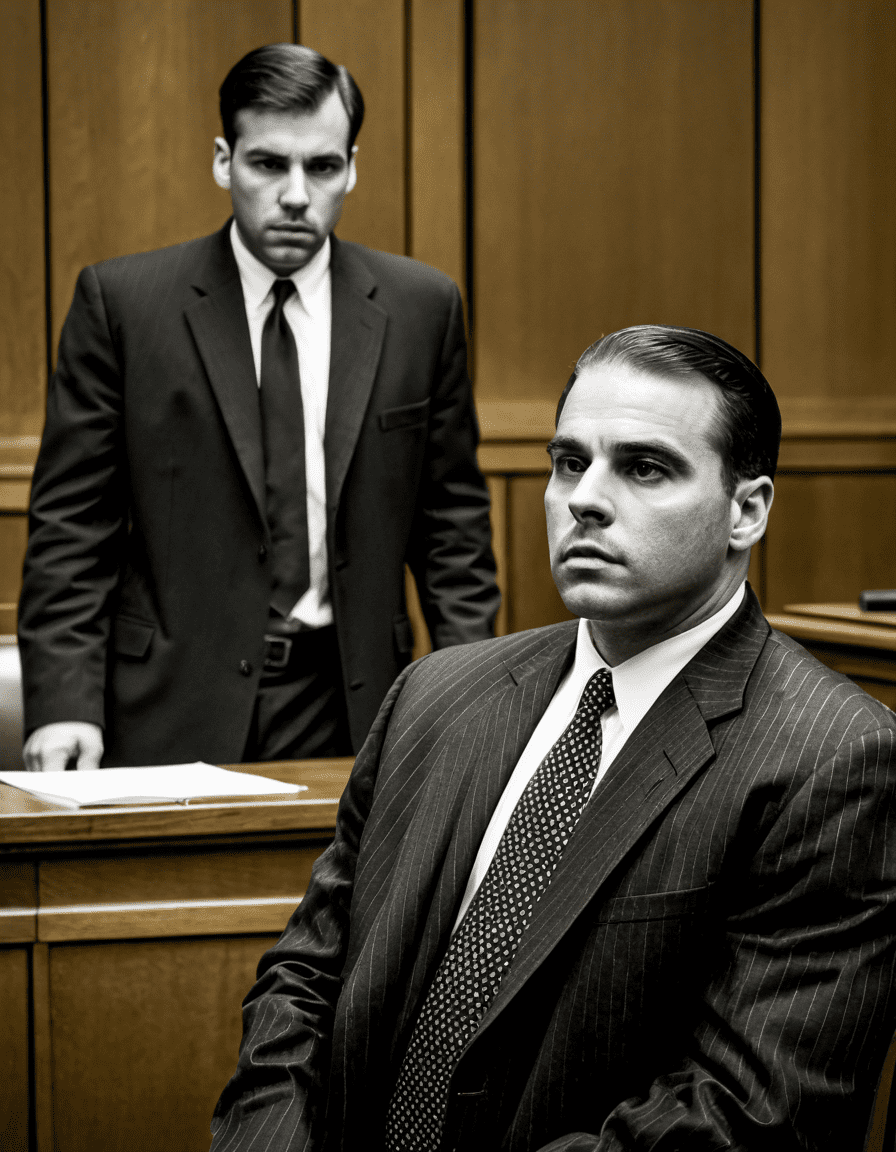
Top 5 Landmark Cases Where Reasonable Doubt Altered Outcomes
Ah, the O.J. Simpson trial—it’s like the cinematic epic of real life, with all the tension of a nail-biting thriller. This case brought reasonable doubt front and center as the Defense team effectively questioned the credibility of forensic evidence. The famous phrase “If it doesn’t fit, you must acquit” became a rallying cry. The jurors’ lingering uncertainties led to Simpson’s shocking acquittal, making headlines and changing the landscape of media coverage in trials.
In a trial that gripped the nation, Casey Anthony stood accused of murdering her daughter Caylee. The prosecution presented a compelling narrative that kept viewers around the world glued to their screens. However, their failure to provide distinct forensic evidence connected Casey to the crime meant jurors were left with reasonable doubt. The not-guilty verdict echoed through both courtrooms and living rooms across America, reminding us of the bittersweet nature of justice.
The wrongful convictions of three teenagers—known as the West Memphis Three—became a true crime saga fraught with miscarriage of justice. Years later, new evidence surfaced, and public outcry grew about the flaws in the initial investigation. As doubts and emotions swirled, the jurors couldn’t ignore the lack of compelling evidence, ultimately leading to their long-awaited release. This case highlights the dire importance of reasonable doubt in the fight for justice.
Moving to the realm of legal errors, we find Brandon Mayfield—a guy who was wrongly arrested for alleged involvement in the Madrid train bombings. The case paints a vivid picture of how misidentified evidence can cloud the truth. As doubts surfaced over the FBI’s fingerprint analysis, the significance of reasonable doubt shone through, paving the way for his eventual exoneration. It’s a classic example of how modern investigations must tread lightly with evidence.
The George Zimmerman case reignited discussions about race, self-defense, and reasonable doubt. Zimmerman claimed he acted in self-defense following an encounter with Trayvon Martin, and the jury faced the arduous task of sifting through conflicting narratives. The uncertainty surrounding the events led to his acquittal on all charges, triggering widespread dialogues about America’s justice system, self-defense laws, and the implications of reasonable doubt in society.
The Psychological Impact of Reasonable Doubt on Juries
Understanding the psychological landscape of juries tackling reasonable doubt reveals a complex web of biases and beliefs. Research indicates that jurors often enter the courtroom with preconceptions shaped by their backgrounds, which profoundly impact their interpretation of doubt. When jurors confront conflicting pieces of evidence, they wrestle with cognitive dissonance—the struggle between what they believe and the evidence presented.
In one study published in Psychology, Public Policy, and Law, researchers found that emotional reactions can skew perceptions of reasonable doubt. For instance, a juror’s personal experiences or societal narratives tend to influence their understanding of guilt and innocence. Creating a narrative of guilt or innocence can be as precarious as balancing on a tightrope, where one wrong move could lead to a verdict tainted by bias rather than fact.
The interplay between reasonable doubt and human psychology dives deeper into the impact of emotions on decision-making. Jurors caught in the swirling uncertainties of a case may cling to their biases, which could lead to acquittals even when a strong narrative might suggest otherwise. It’s like a plot twist in a psychological thriller—truth and lies are often indistinguishable in the courtroom’s charged atmosphere.
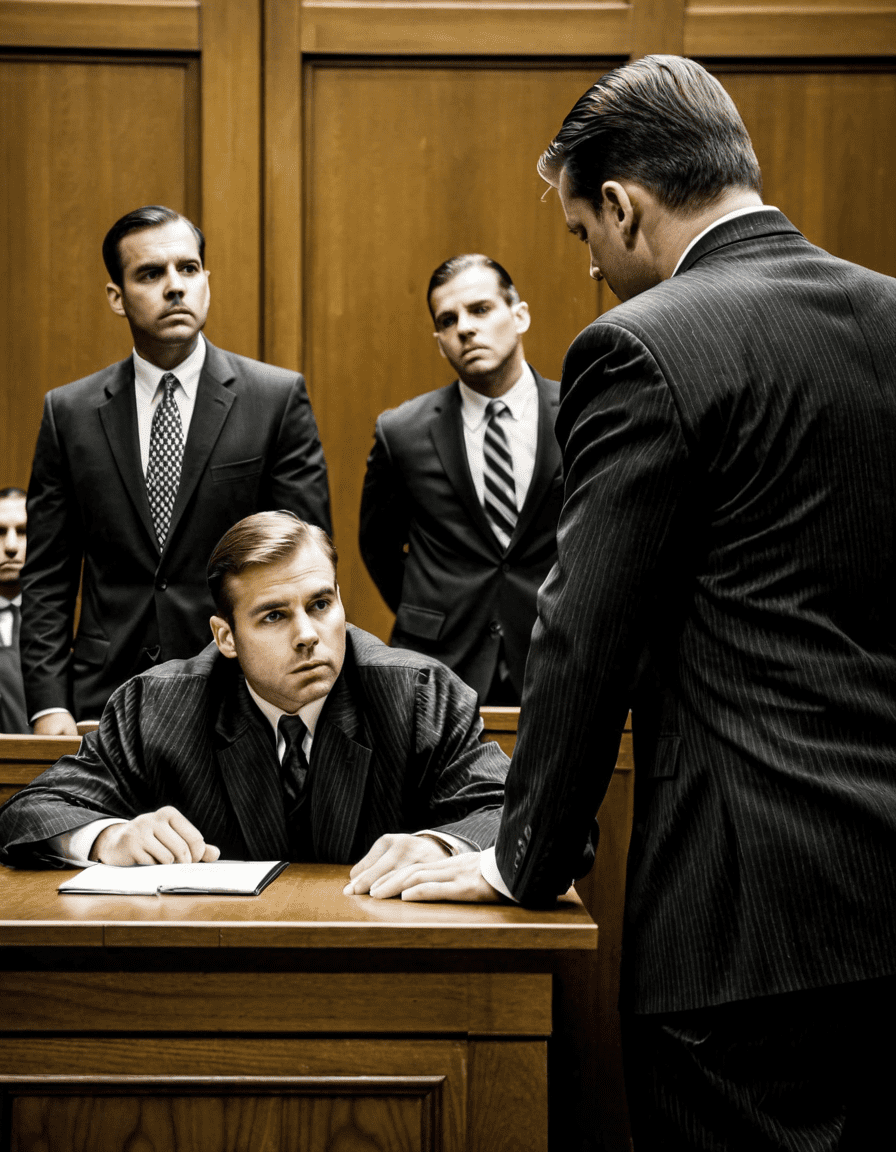
Reasonable Doubt: A Double-Edged Sword in the Quest for Justice
While reasonable doubt plays a crucial role in protecting the innocent, it can act as a double-edged sword when compelling evidence isn’t enough to secure a conviction. The story of the West Memphis Three illustrates how public sentiment can enter the courtroom, influencing perceptions of reasonable doubt. After years of public outcry and renewed scrutiny, the narrative shifted, shedding light on flaws in earlier trials and demonstrating how societal pressures can upend traditional legal processes.
This balance between ensuring fair trials and delivering just outcomes stirs an ongoing debate about the fundamental tenets of justice. It’s a complex tale, much like how the wonderful movie The intertwines humor and action to explore the nature of good and evil. Ultimately, the way juries perceive reasonable doubt can either strengthen or weaken the judicial process.
Embracing Reasonable Doubt as a Catalyst for Legal Reform
The continuous themes surrounding reasonable doubt have sparked discussions among legal scholars and activists advocating for better reforms. Innovating areas like forensic science—think DNA evidence—and enhancing defense representation undergo examination to strengthen standards of evidence. Just like how Joji introduced us to a fresh wave of emotions in music, we need fresh perspectives in the legal field to shift how we approach justice.
Focusing on jury education, transparent assessments of evidence, and accessible resources for defense teams could ensure a more equitable legal landscape. These reforms aim to recalibrate the scales of justice, ensuring that innocent voices are heard and protected.
As society evolves, the exploration of reasonable doubt serves as a challenge and a call to action for us all. Just like the comedic twists in an anime like Konosuba engage fans, these conversations can shape our views on justice. By advocating for better practices, we honor the art of storytelling inherent in films and recognize that justice is a living, breathing narrative—one that deserves our constant attention and reflection.
Through every cinematic twist and turn, the essence of reasonable doubt shines through like the quirky threads of White Gold. Remember that behind every courtroom drama and gripping tale lies a truth steeped in uncertainty, ready for us to embrace and discuss. Grab your favorite movie, gather some friends, and dive into these thrilling legal tales that teach us just how slippery the road to justice can be!
Reasonable Doubt: Defining Justice and Truth in Court
The Basics of Reasonable Doubt
When we think about the legal system, one term that often pops up is “reasonable doubt.” This principle ensures that no one is convicted unless there’s overwhelming evidence proving their guilt. It’s interesting to note that this concept isn’t just confined to courtrooms; it permeates our everyday lives. For instance, remember the movie The Mist? It explored themes of survival and moral ambiguity, showcasing how individuals respond when their beliefs are challenged—very much like jurors grappling with reasonable doubt. Speaking of morality, what people expect in a court often mirrors their expectations in personal judgments, like whether those Costco tire center Tires are worth the price or simply a good deal that provides much-needed safety on the road.
Historical Context
The idea of reasonable doubt has rich historical roots, tracing back to the early legal systems in Europe. Interestingly, it’s the backbone of many justice systems worldwide, putting the onus on the prosecution to persuade jurors rather than requiring the accused to prove their innocence. This pivotal role underscores the notion that the scale of justice tips toward the defendant, shaping fascinating narratives in films like The , where ethical questions and human rights get a sci-fi twist. Just as characters face their dire fates in such stories, real-life defendants must navigate the stormy seas of public perception and legal scrutiny, sometimes battling against the odds, much like visitors feeling lucky at the Kansas Star casino.
Reasonable Doubt in Popular Culture
Over the years, reasonable doubt has seeped into popular culture, influencing everything from gripping courtroom dramas to animated series. Take Jigokuraku, for example. While it’s largely about action and survival, the underlying concepts of moral choice and consequence give us plenty to ponder regarding justice. Similarly, in today’s age of information, reviews play a crucial role in shaping our perceptions, akin to how Prodentim Reviews guide consumers in making dental decisions. We often find ourselves balancing facts to arrive at a conclusion, whether it’s in court or while choosing the best products for our health.
Reasonable doubt isn’t just legal jargon; it’s a crucial component of our decision-making framework. Through its intertwining with themes of justice, survival, and ethics in popular narratives, this principle truly reflects our ongoing relationship with truth. Every day, we’re confronted with choices that mirror the stakes seen in courtrooms, reminding us that judgment is a delicate dance between certainty and skepticism.
